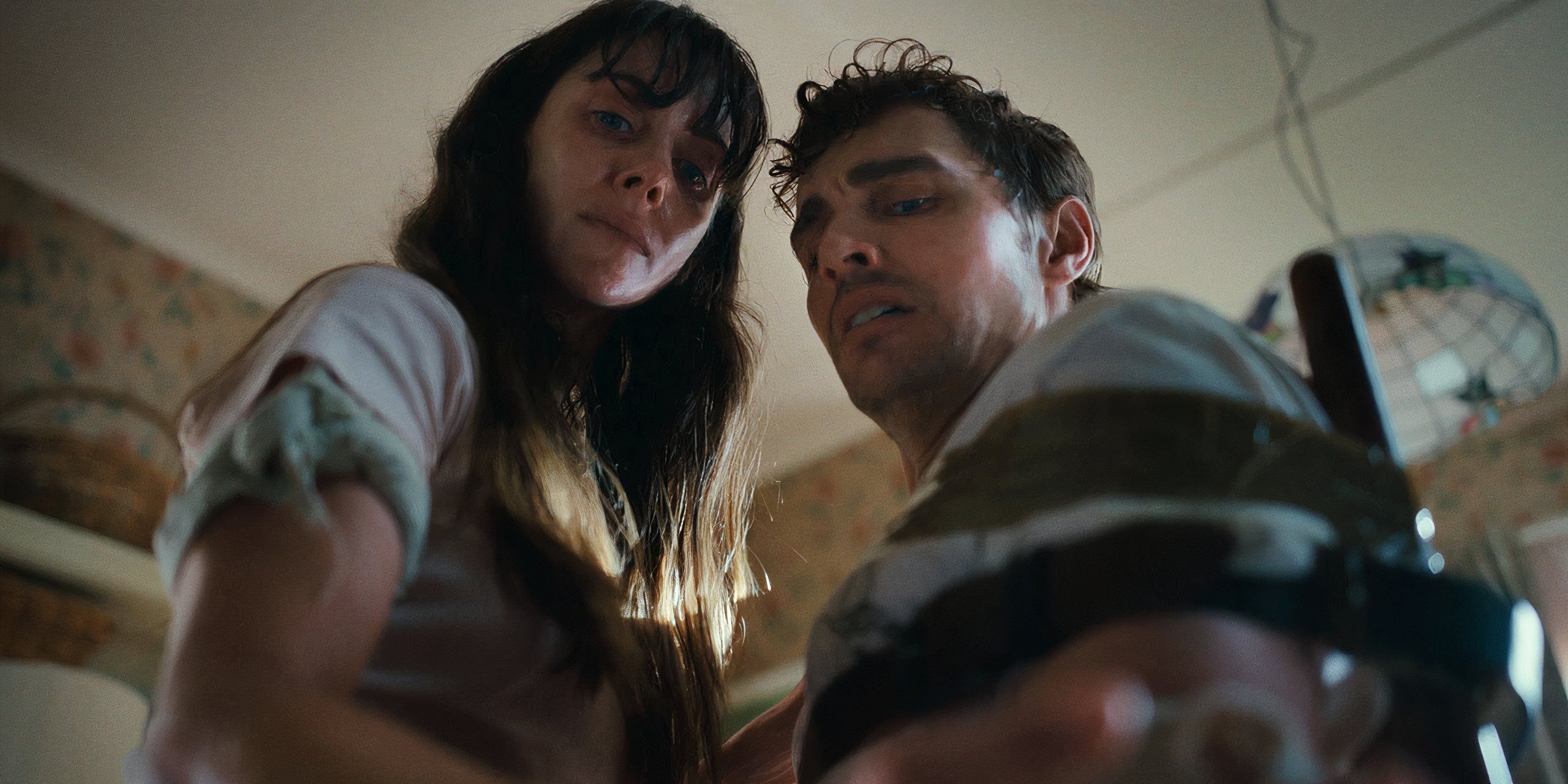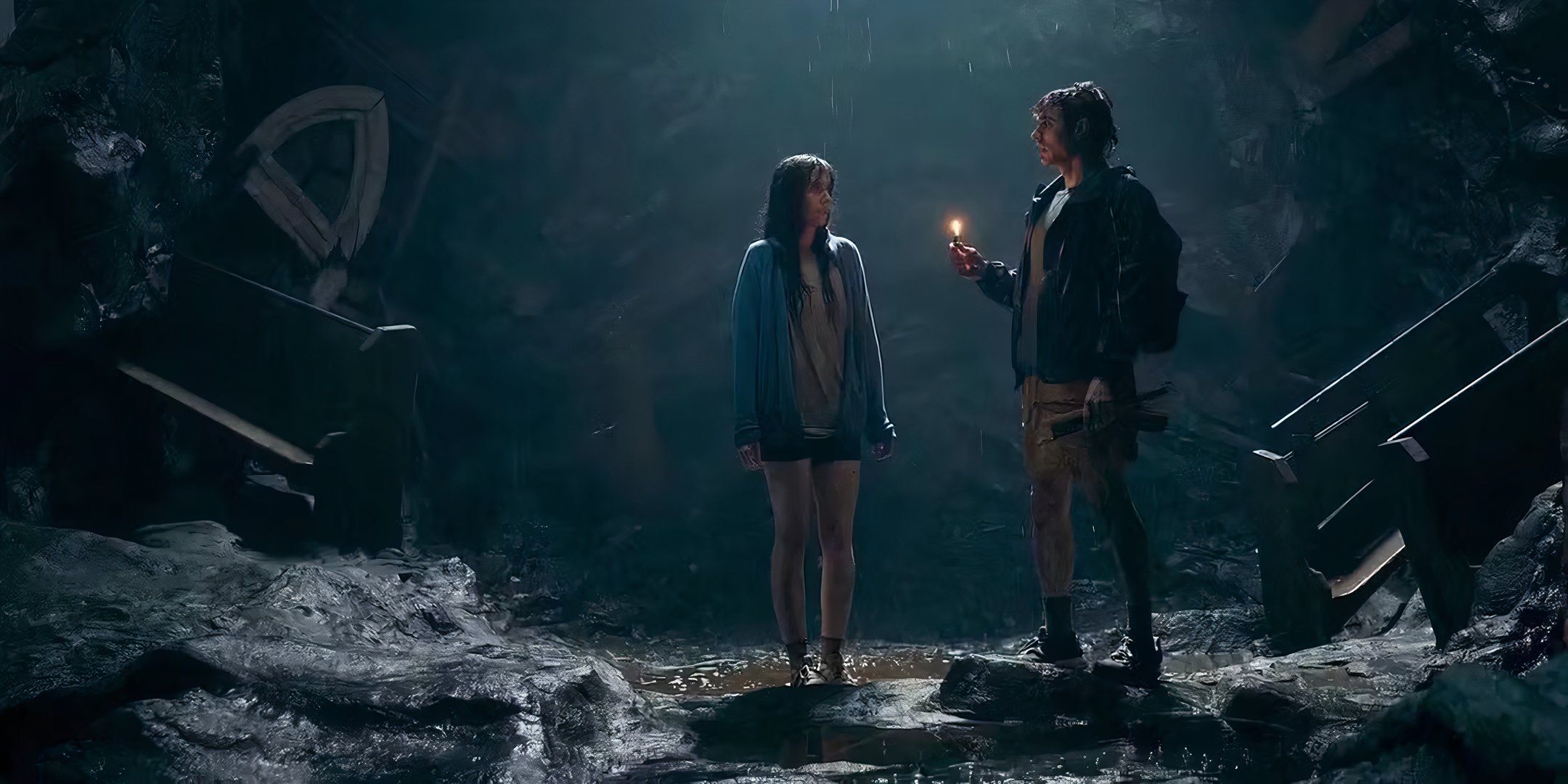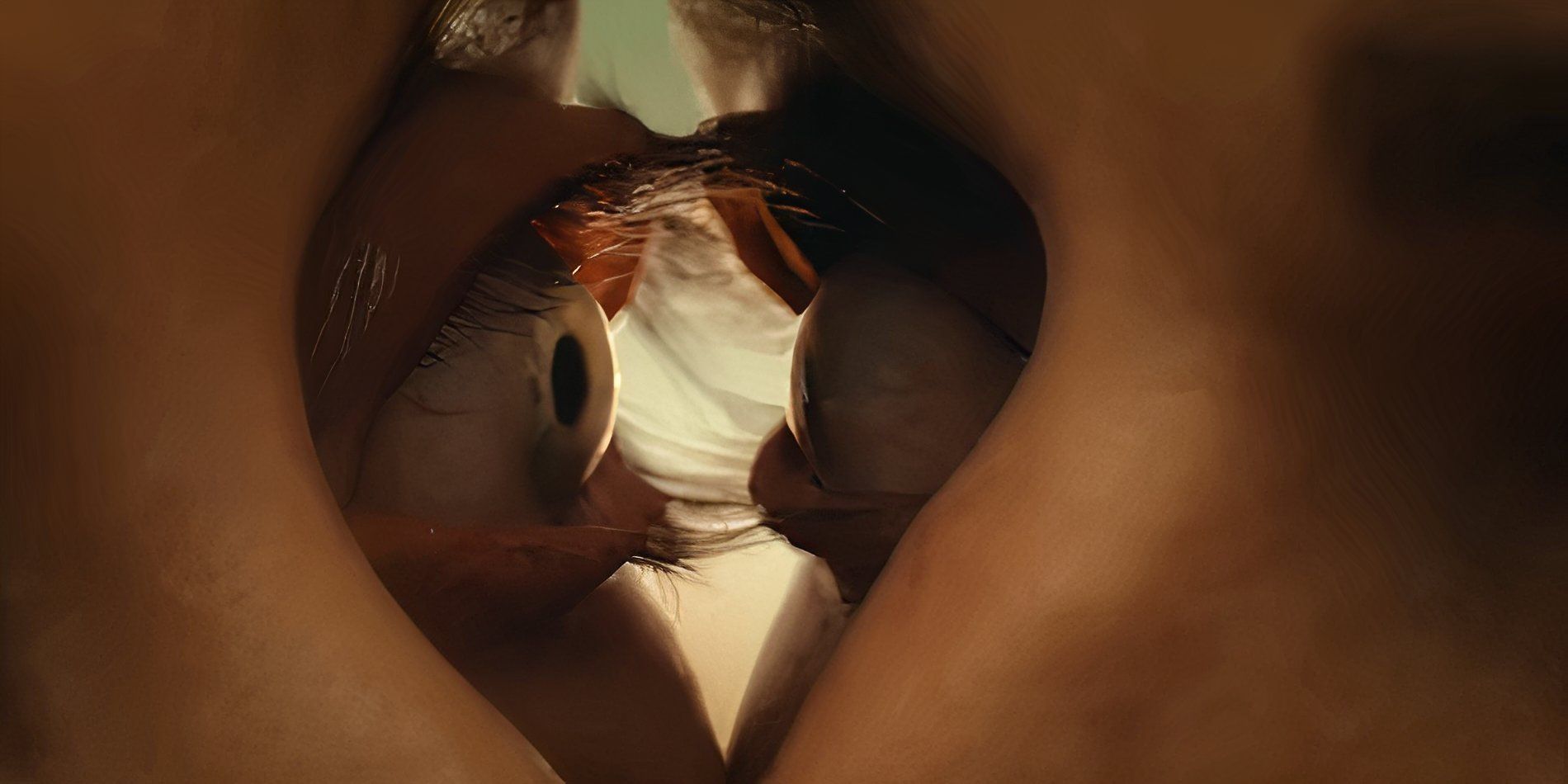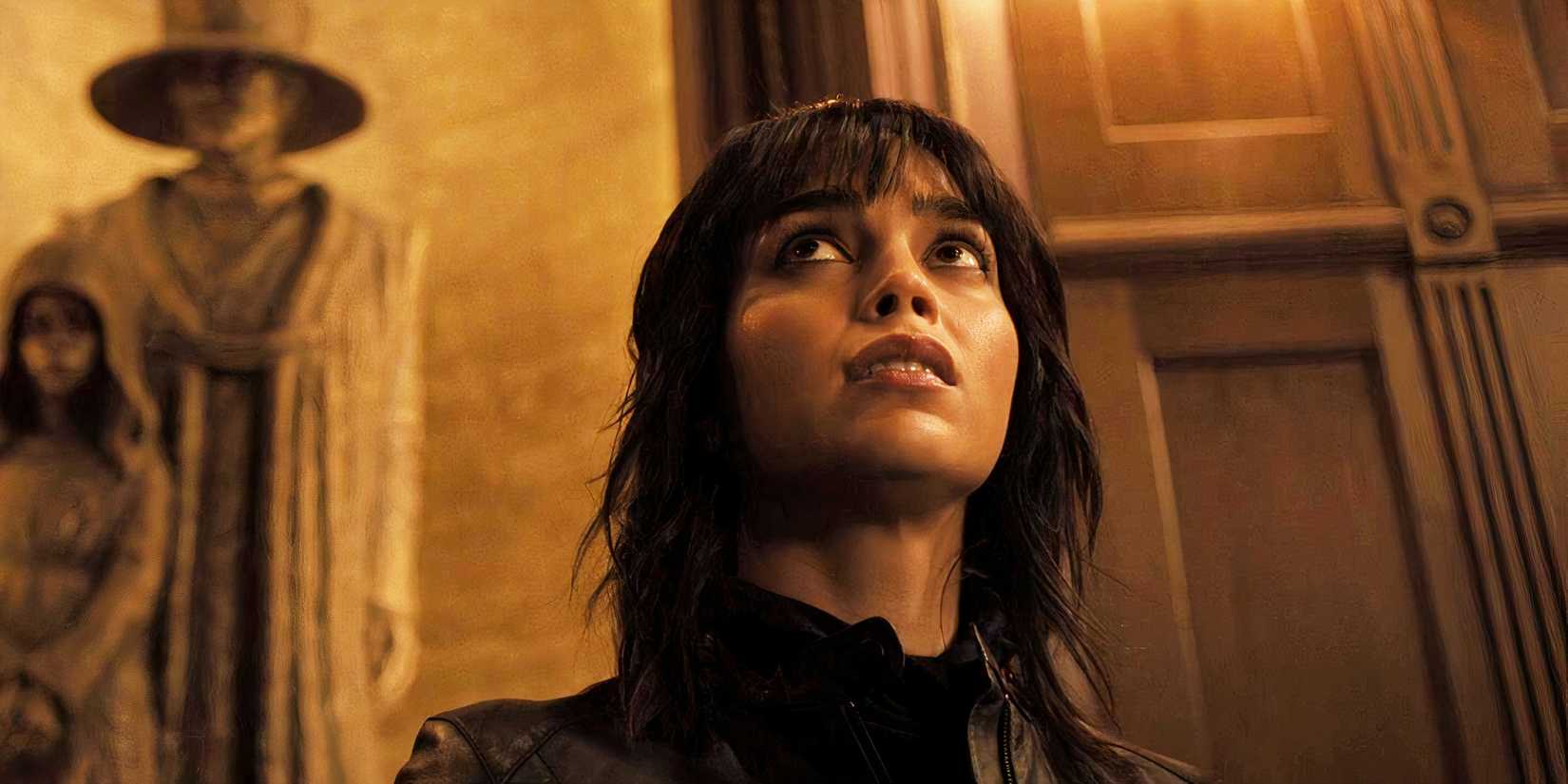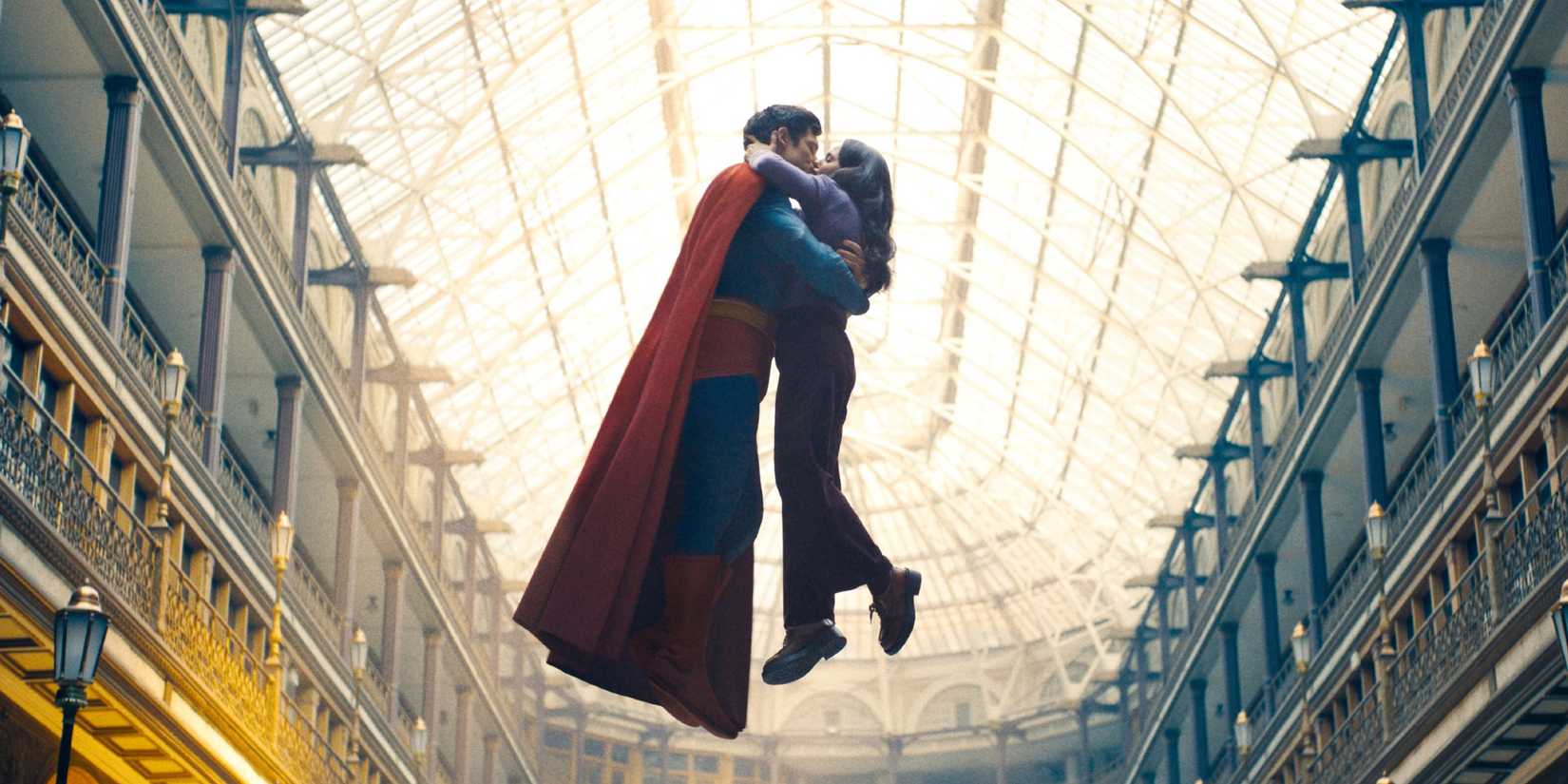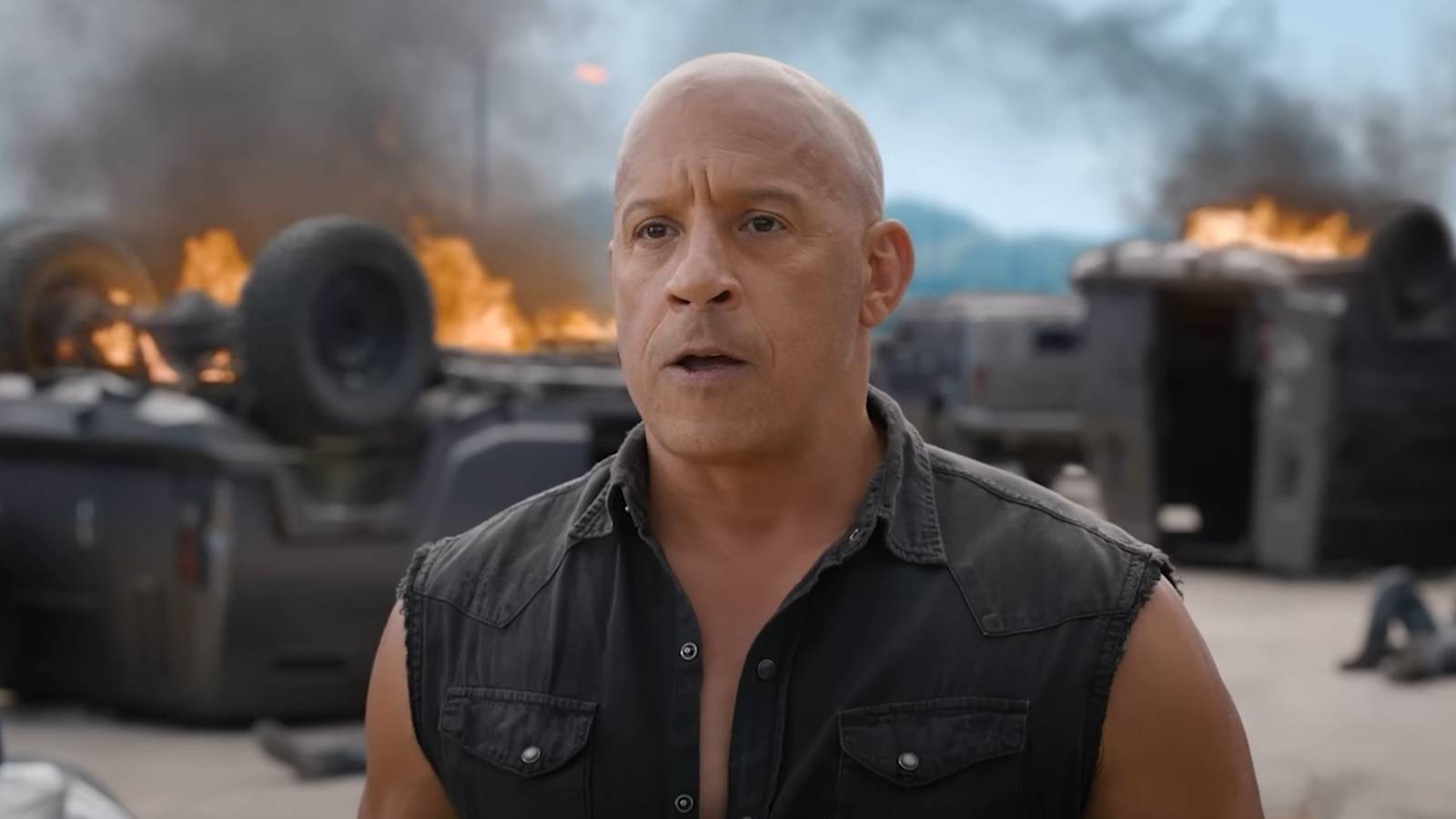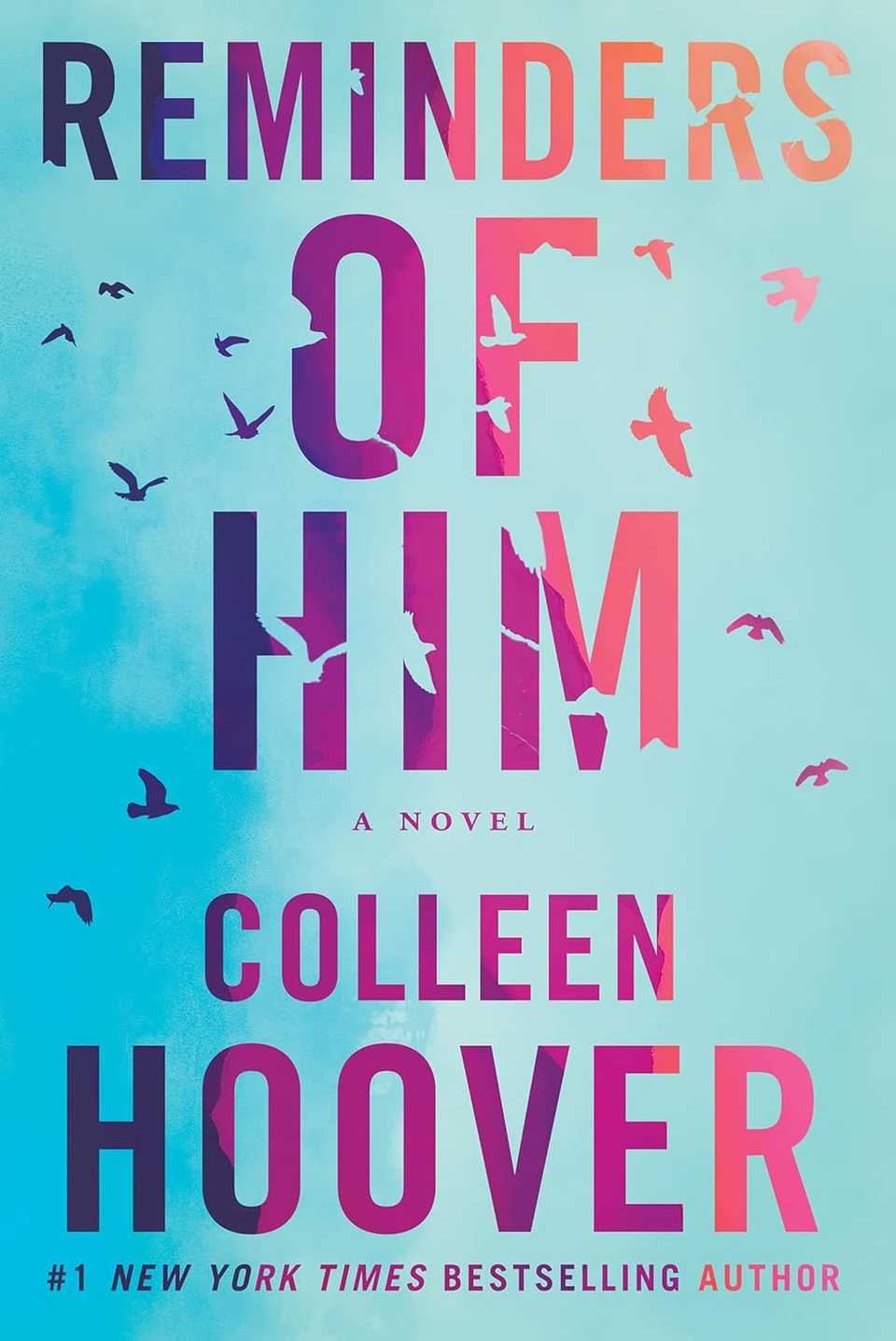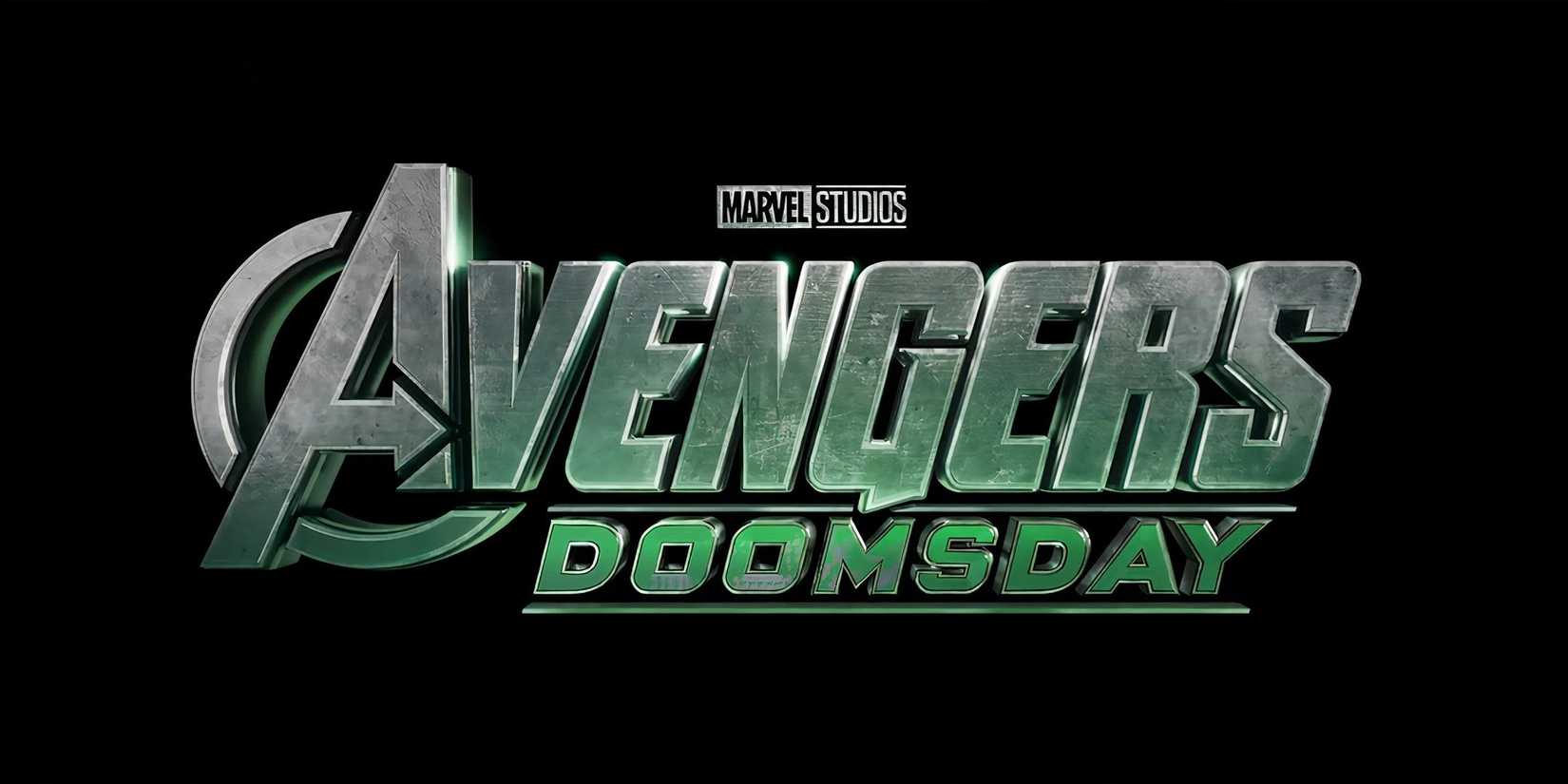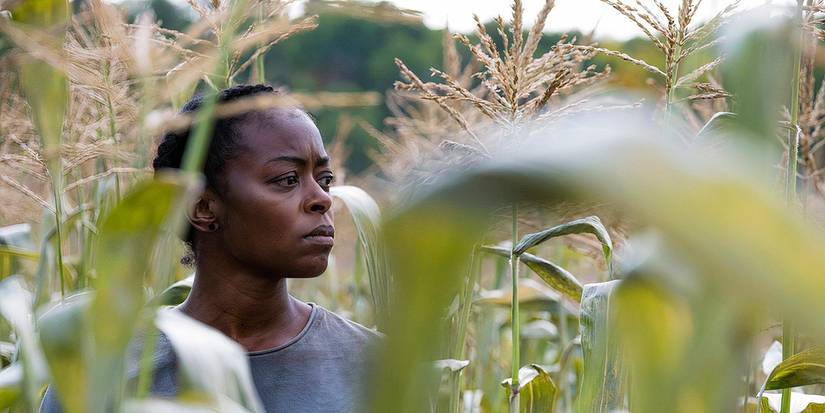Warning: SPOILERS for Together.Together brings the terrors of codependency to new heights thanks to a mix of horror, humor, and the pitch-perfect casting of a real-life couple as a pair whose bodies yearn to–quite literally–merge. The movie was written and directed by Michael Shanks and stars Alison Brie (GLOW, Community) and Dave Franco (The Afterparty, Regretting You), as Millie and Tim, respectively.
But the success of the movie is also thanks to collaborators like composer Cornel Wilczek, whose musical score helped elevate the story’s highest (or lowest) moments. Defying a single instrumentation or genre description, Wilczek’s music ranges from terrifying to disconcertingly euphoric throughout the runtime of the critically acclaimed film.
ScreenRant interviewed Together composer Cornel Wilczek about his work on the movie. Wilczek discussed how he crafted the sound of his score as well as how his music subtly embodies the themes of the movie. Plus, Wilczek explained how one of the most important scenes of the Together ending sequence came to be.
Together’s Casting Turned Cornel Wilczek Into A Believer
Together piqued the interest of composer Cornel Wilczek right off the bat. “I got it at script level,” Wilczek shared. “My biggest concern was, like, ‘This is a great script. I’m really interested, but I don’t know if this is going to work without the right two leading people.”
“And then,” Wilczek said, “[in] my second meeting was Dave Franco. I’m like, ‘Oh, what’s he doing here?’ And [then] I was like, ‘Oh, right, okay. That makes sense; a real married couple.’ It made so much sense, and immediately I had no fears about if they were going to be able to pull this off.”
“It’s nice to know that sometimes your reaction to a script can actually follow through and be the main core of the film and things don’t get diluted along the way. [That] is lovely, and is not always the case.”
The “Many Score Easter Egg[s]” Of Together
Screen scoring is storytelling, and often on a deeper level than most viewers will ever know. In fact, when asked if he wanted to make subtle nods to story events in the music, Wilczek said “There are so many score Easter egg[s] … that I don’t know where to start.”
For Together, Wilczek began plotting out how his score would help Michael Shanks achieve his vision in a very specific way. “I work very heavily on a spreadsheet before I even write any music,” he said.
Wilczek knows that that approach sounds like the death of creativity, “but actually,” he said, “it’s liberating, because you get all your ideas out … and then you start seeing patterns. And that’s when you can start being non-temporal and do things like find portals between scenes–connections between scenes that can open up the world a bit.”
The composer believes this allows him to “play across the film [instead of] linearly through it,” which is also helped by his choice of sonic palette. For Together, that involved the guitar for a very important reason: “[For] Dave [Franco’s] character, Tim … the guitar was a symbol of his independence.”
Dave Franco’s character is a musician in no small part because “Shanks is a musician, and played in bands, and has written a lot of music.” When asked if Tim was based on the director, Wilczek said a quick “Yeah.”
But there are deeper ways in which Wilczek’s score matched the events of Together. Because of the significance of bells to the story, the composer used an instrument he described as “a carburetor full of springs” to create “bell-like sounds” as well as some actual bells he “got from India many years ago [that] I finally got to use.”
The most subtle, and most interesting, way Wilczek made sure his music embodied the themes of Together was using a concept called sympathetic resonance, which is essentially when the vibration of one object causes another nearby object to vibrate as well.
He even employed that technique with the carburetor-like spring machine. “I even took some of the strings, ran it out of my speakers, placed that instrument in front of the speakers, and then recorded that [where] it’s vibrating all the springs. The idea behind that is [that] the things close to you affect you.”
“The sound of two sounds merging was honestly too good to ignore as a concept.”
How Cornel Wilczek Turned The Spice Girls Into Together’s “Almost Religious” Ending
At the end of Together, audiences are treated to what must be one of the most apt song placements in film ever in Spice Girls’ “2 Become 1”, which then morphs into an eerily ecstatic piece of music by Wilczek. Although Wilczek wasn’t involved in the song’s clearance, he did reveal it “was a little bit scary for a while”.
“I think they were all kind of asking, ‘What kind of film is this?’”
“It was dicey,” the composer admitted, “because it was written into the script … but, hey, it was a good move for letting that be licensed.”
As it turns out, though, what became Wilczek’s most bombastic piece of music for Together wasn’t originally going to be there at all. “A lot of it came from necessity,” he said. “Clearly, [it] would have made sense to have the song over the whole sequence, but that gets really expensive.”
To work with a shorter song placement, Wilczek worked with Shanks to achieve maximum effect, even suggesting some recuts to find the perfect needle drop moment. “We had to play around a lot with that,” he said.
But the composer was prepared. “I, very early on, before I got the edit, thought that this would happen. I just felt like the ritualistic aspect of the film–the cult and the romance and the beautiful merging–had to be a very strong and major thing.”
Wilczek revealed that he actually worked to set this up earlier in the film: “[In] the stuff really early on where they fall into the cave and they’re starting to combine, you hear there’s a glowing kind of resonance.”
“In a lot of ways, I’m trying to recreate some of those very positive major-style chords that kind of happen in the last piece of music … to set up some sort of premonition for that.”
“That was actually one of the first cues I wrote,” Wilczek admitted, “not knowing if it was going to be used.” He also said he “didn’t share it with anyone … because [it] was quite different to the Spice Girls.”
In the moment of Tim and Millie’s merging, though, Wilczek’s score achieves an unsettlingly beautiful cadence that the Spice Girls, beloved as they are, never could. “I’m really glad it went there,” he said, “because I think it gives it a sense of purpose.”
“There is something in the ecstasy and the beauty of this,” he said, “even though it’s a wall of sound and noisy because it’s a violent merging of bodies. You don’t want to steer away from that, [but] at the same time, if it was negative, then why are we celebrating this? There had to be something else in it.”
“It had to have … this kind of ecstatic, almost religious music at the end.”
The Together Scene That Worked Better Without Music
Wilczek’s score for Together is often a dramatic punchline to a slow-building terror, and in that respect, he and the movie’s sound team were instrumental in making the movie work. In his words, “Sound and music has the ability to tell so much outside the scene, and it’s often what’s outside the scene that creates the horror.”
This came about because the conversation turned to whether any scenes in Together were surprisingly goofy without the tension music and sound provide. “Yeah. I think that a lot of horror is a bit like that,” the composer said, adding, “and I actually think that that’s really good and really positive.”
For example, “If someone’s sawing their arms in half, yes, that’s scary,” he said. “But when you understand the greater context that it’s in, that the music can tell … it can create that extra level of tension.”
“You’re not going to have a clock in the corner saying, ‘If you don’t do this by a certain time, [this is] going to happen. But the music can tell you that.”
While Wilczek admitted that “There are a lot of scenes that are odd without sound [or] music in this film,” he instead focused on the opposite. “There is a scene in the film that I saw a million times without any sound, and it’s one of those … that should only work with sound, but was just so strong without.”
“That’s the shower scene,” Wilczek continued. “That originally had a cue there,” he shared, “and we took it out. I was a bit devastated about that at first because I was really happy with that cue, but [once I] heard it without it, it was like, ‘Oh, that’s really good.’ That’s when I realized, ‘Man, this scene works really well.’”
For the success of that sequence, Wilczek heaped credit onto editor Sean Lahiff, saying that Lahiff “had a beautiful sense of rhythm that, I think, is sometimes what the music needs to do. Sometimes [music’s] role in a horror film can just be providing a templo … and he’s got that in a lot of the editing.”
“I think this is one of those films that had people at the top of the game all throughout it.”
Together is in theaters now.
